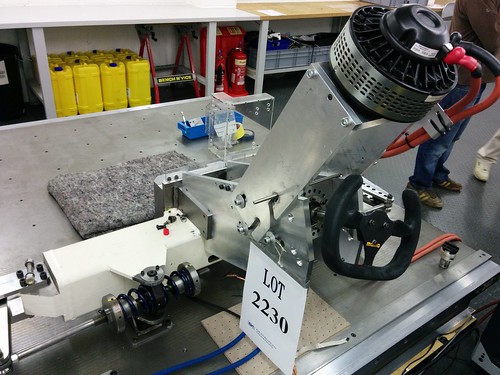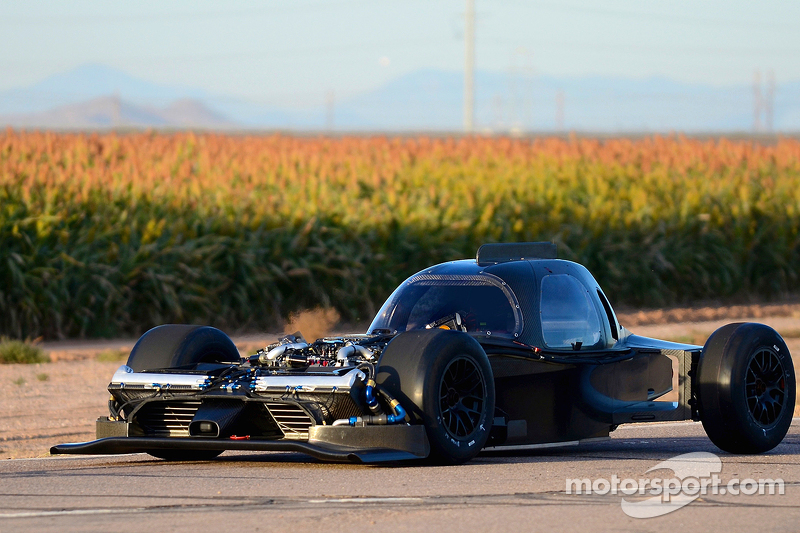With air hitting the front of the GT-R LM NISMO, it envelops the car-flows beneath the car via the splitter, and heads over and around the body. By moving the engine and all of its friends to the front, Bowlby was able to create a pair of rectangular tunnels that take their feed from the trailing edge of the splitter’s upswept wing profile and carries large volumes of air around the cockpit and out the highly tapered tail section.
It’s similar to a catamaran design where the center portion of the car-the one that punches a big, disturbing whole through the air has been taken away to allow the air to pass through the area with ease. By using the empty sidepods as a bypass, Bowlby has significantly reduced aerodynamic drag, and in Nissan’s quest to win through innovation, this core design element should produce improved fuel economy, among other benefits.
“That is the complexity of the regulations, or the interest in the regulations, and why we turned the car on its head, because we wanted to produce an aerodynamically efficient car,” said Bowlby. “It is very simple. Rather than have to take the air that comes underneath the splitter and force it to take a longer path down the outside of the car by venting it behind the front wheels, then blending it into the air flow down the side of the car and basically pushing it out that way, which makes the car seem wider and less efficient.
“We gave it an easier path so the air comes underneath the splitter and comes out above the diffuser. It is a more optimized path. And before everybody jumps on the great idea of how cool that would be to do, just try doing it!”
At approximately 15 feet in length, you can stand at the back of the Nissan, and when the lighting is just right, see all the way through the tunnels and spot the front suspension. Crouch down and take a closer look, and you’ll notice the tub tapers inward starting just below the cockpit openings. Referring back to marine concepts, it does bear a resemblance to a high-performance hull, and in this case, Bowlby has done all he can to make the bottom half of the tub less of a slab-sided creation and more like a “V” to increase the volume of air passing through the built-in tunnels.
As I mentioned in my behind-the-scenes story, seeing the GT-R LM NISMO run in the wet at Circuit of The Americas [LINK], and the interaction between the spray and the Nissan’s through-flow aerodynamics, was unlike anything I’d witnessed with other LMP1-H creations.
The car underwent just two days of windtunnel testing prior to the beginning of its testing program. Thousands of hours of virtual aerodynamic testing through CFD, however, continues to be logged.
http://www.dailysportscar.com/2015/02/0 ... by-qa.html
If you want to understand this car, worth reading all of it!








